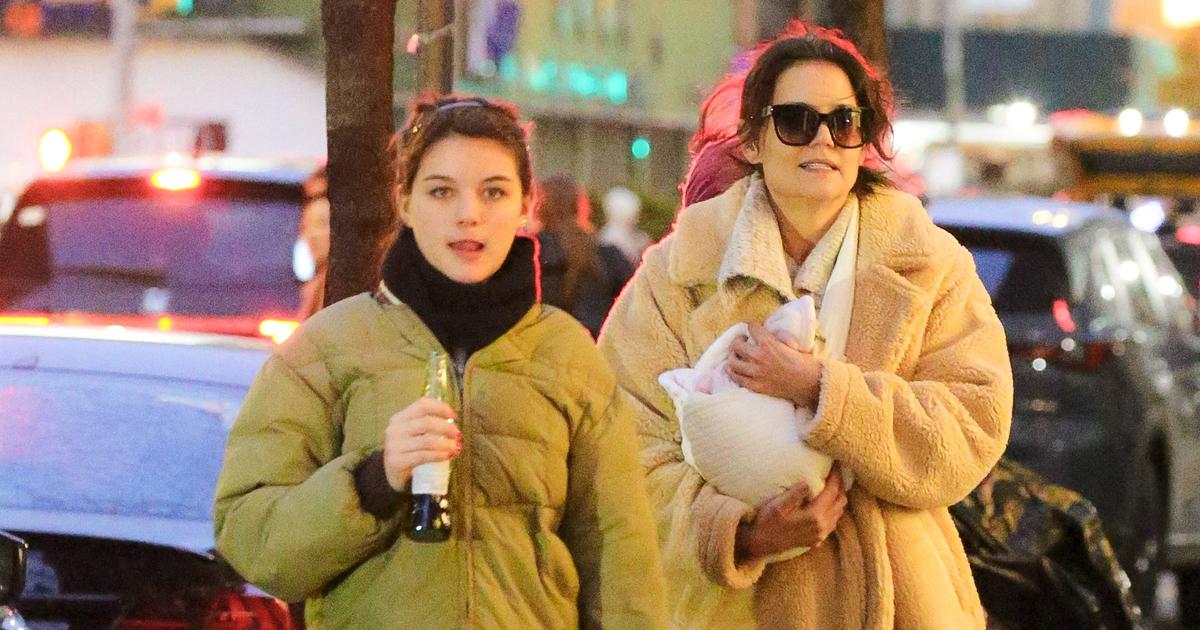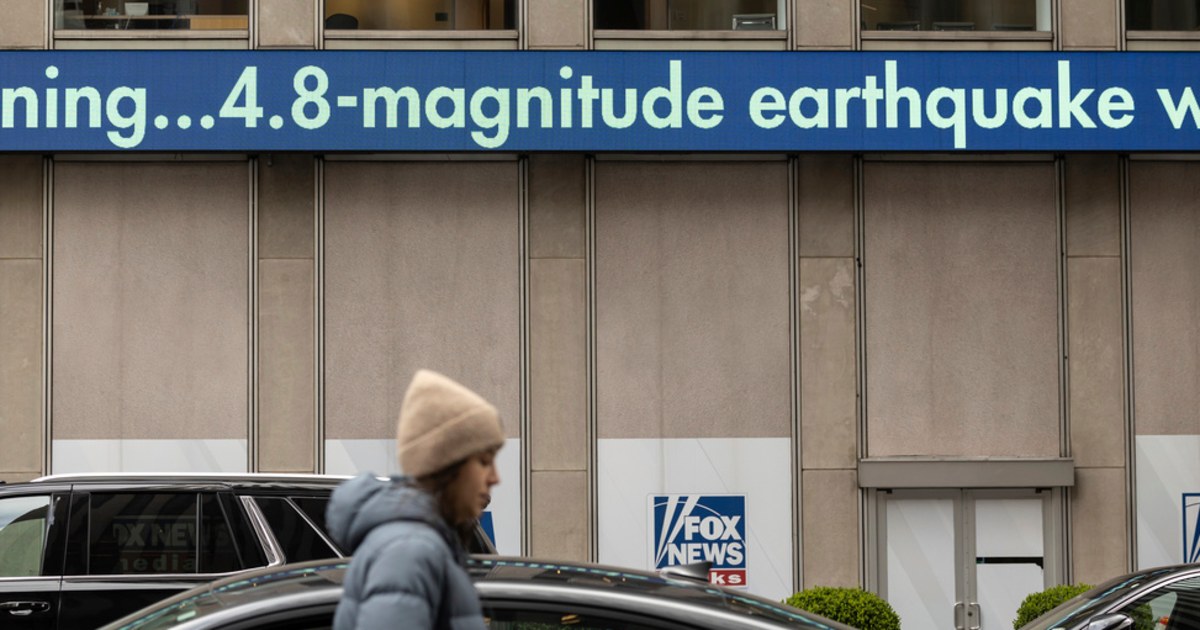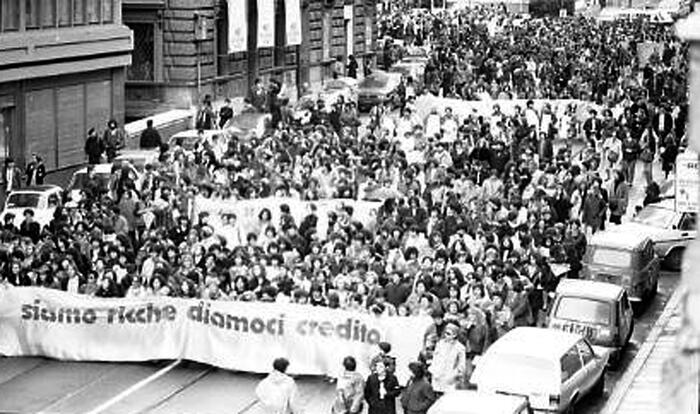In July 2013, George Zimmerman was acquitted by a US court of second-degree murder after fatally shooting a seventeen-year-old African-American teenager named Trayvon Martin.
Despite the fact that no weapons were found at the crime scene, the popular jury considered that the defendant had acted in self-defense.
The sentence provoked a huge reaction in the African-American community and the
hashtag
#blacklivesmatter became popular on social media.
A few months later, after the death of two more African-Americans in incidents with the police, in New York and Ferguson, a town near St. Louis, in Missouri, that phrase mutated into a cross-sectional protest movement against police violence against the African American community.
With the death of George Floyd in the spring of 2020, the movement exploded globally.
Protests in Brooklyn following the murder of Walter Wallace in Philadelphia, in October 2020. 'New York City Rising: Protests;
Rallies and Police Riots;
2020-2021' (Hat & Beard Press)
Ruvan Wijesooriya was one of the first photographers to document this protest movement and has been the coordinator of the book
New York rising: protests, rallies and police riots, 2020-2021
(Hat & Beard press), which recounts a year of demonstrations and protests in the city of skyscrapers.
The son of Sri Lankan immigrants, made aware by his parents of the importance of the civil rights struggle that his own parents experienced in the country when they arrived in 1972, Wijesooriya took his camera to cover the first BLM protest in Sri Lanka. Big Apple.
“I called a national magazine and convinced them to commission me to cover the protests.
What I did not expect is that so many police departments would have organized to create a riot, obstructing constitutional rights, breaking their own laws, assaulting many people and then lying about it.
They arrested as many protesters as they could,
they put them together (we were at the beginning of the pandemic and everyone was afraid of catching it).
The magazine did not want to publish the photos, but some of those images were used as evidence in many of the cases against various New York officers for police brutality," the photographer says.
“I think if the movement grew so quickly it was largely due to the extreme violence that the police deployed to suppress these protests.
To be honest, I had some faith in the police before the first BLM demonstrations, but after that it was impossible for me,” explains Wijesooriya.
“I think if the movement grew so quickly it was largely due to the extreme violence that the police deployed to suppress these protests.
To be honest, I had some faith in the police before the first BLM demonstrations, but after that it was impossible for me,” explains Wijesooriya.
“I think if the movement grew so quickly it was largely due to the extreme violence that the police deployed to suppress these protests.
To be honest, I had some faith in the police before the first BLM demonstrations, but after that it was impossible for me,” explains Wijesooriya.
Protesters occupied the bridges connecting Brooklyn and Manhattan, in 2020.'New York City Rising: Protests;
Rallies and Police Riots;
2020-2021' (Hat & Beard Press)
Kiara Williams founded Warriors In The Garden -a non-violent collective in defense of the rights of African-Americans-, and is one of the best-known faces in the universe of organizations that are part of Black Lives Matter.
She thus recalls her experience in those first acts.
“I remember the murders of Ahmaud Arbery, Breonna Taylor and George Floyd, and seeing it all on social media, broadcast to the whole world.
That's why I went to the first protest.
There were hundreds of people there and the building was protected by metal fences and a huge number of policemen.
Someone threw an empty water bottle and suddenly the police began to discharge their
sprays
pepper and charging into the crowd with disproportionate force.
When I got home I was furious.
That brutality gave me strength to go out again the next day.”
The LGTBI collective, on Broadway, in 2020. 'New York City Rising: Protests;
Rallies and Police Riots;
2020-2021' (Hat & Beard Press)
For Wijesooriya, the BLM has transcended the protests.
“I think the movement has moved from street activism to something more focused on culture.
It has happened at the same time that social networks have given the African-American community a voice that journalism never gave them.
This has caused other media outlets to hire more African-Americans and give them positions of power, which leads to a cultural change fueled also by the aggressiveness of the right and conservatives.
Others are not so optimistic.
The Jamaican photographer based in New York, Gary Dean Clarke, who was present from the beginning and is another of the BLM chroniclers in the city, believes that despite everything that has happened, things will not change: "Nature will always marks that over time people forget and return to their old habits: to work, to their own lives.
The BLM has now become a sideline…until someone else is killed.”
Subscribe to continue reading
Read without limits
Keep reading
I'm already a subscriber

/cloudfront-eu-central-1.images.arcpublishing.com/prisa/OUXWZYO5CNE4PDX6MBQGRQWNQI.jpg)






